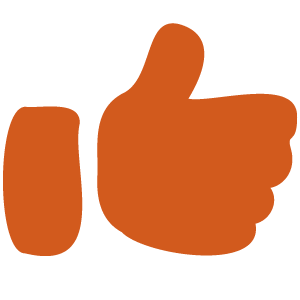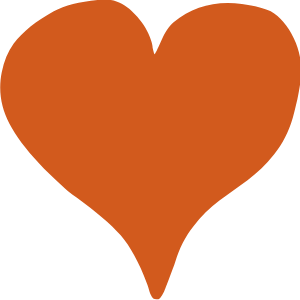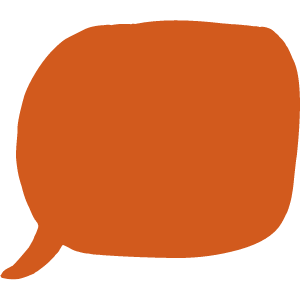What is the area of the orange star in the centre? The blue circles each have an area of 3 square centimetres, and the big square has sides that are 4 centimetres long.

Scroll down or click for a hint, or the answer!

Brainteaser hint
A good place to start is calculating the area of the big square. You can subtract the areas of the circles, and then try to work out what to do with what’s left!

Brainteaser answer
There are lots of strange shapes in this puzzle! But with a bit of smart thinking, we can put them together.
We can start by calculating the area of the big square: 4 x 4 = 16 square centimetres.
Then, we can subtract the areas of the circles: 16 – 3 – 3 – 3 – 3 = 4 square centimetres.
What do we have left? We have the diamond in the middle, but we also have some other scraps too. There’s a rounded triangle shape on the top, bottom, left and right sides, and a smaller shape in each corner.
The key is combining these shapes. If we take the rounded triangles from the left and right sides and put them together, we get exactly the same diamond shape as in the middle!
We can do the same with the top and bottom rounded triangles.
And the 4 shapes in the corners will come together to make yet another diamond shape.
All the scraps together have an area of 4 square centimetres, and we can make exactly 4 diamond shapes using all the scraps. So each diamond must have an area of 1 square centimetre!







Leave a Reply